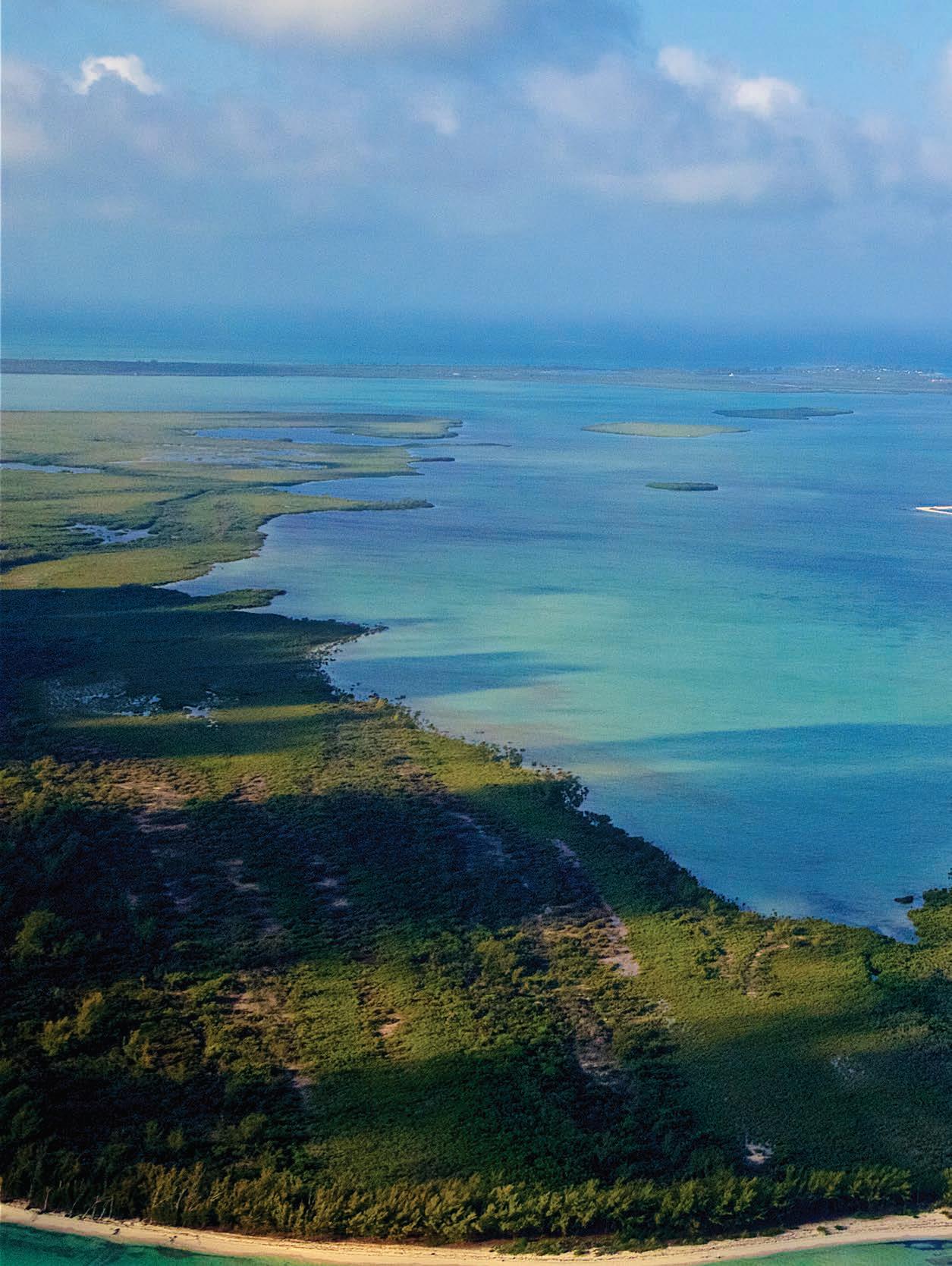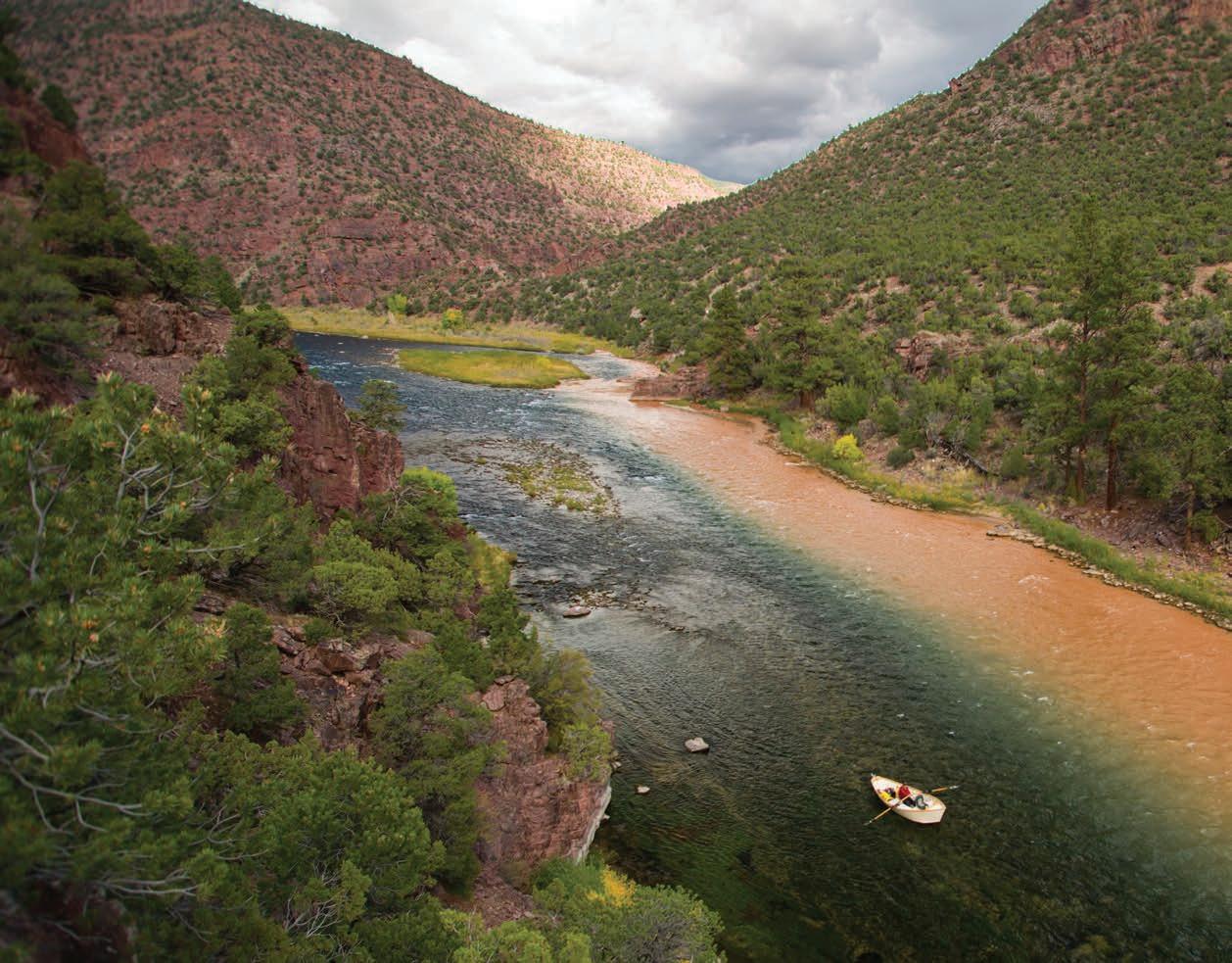Bimini: A Permit Paradise On The Brink
THE FLY FISHING AUTHORITY
BUGGIN’ OUT 9 Can’t Miss Hatches OREGON SALMONFLIES HOUSATONIC WHITE FLIES WYOMING HOPPERS SOUTHERN WILLOWFLIES NIGHTTIME DRAKES CATSKILL STONES … AND MORE
PLUS: The Kanektok’s Greatest King Week • Solo in the Glades •
Restoring Michigan Grayling • “Trash Fish” in Cuba • Fifteen Thousand Trout per Mile: Green River, Wyoming • Charles Brooks’ Stone • DIY Gar • Sierra Madre Brook Trout




